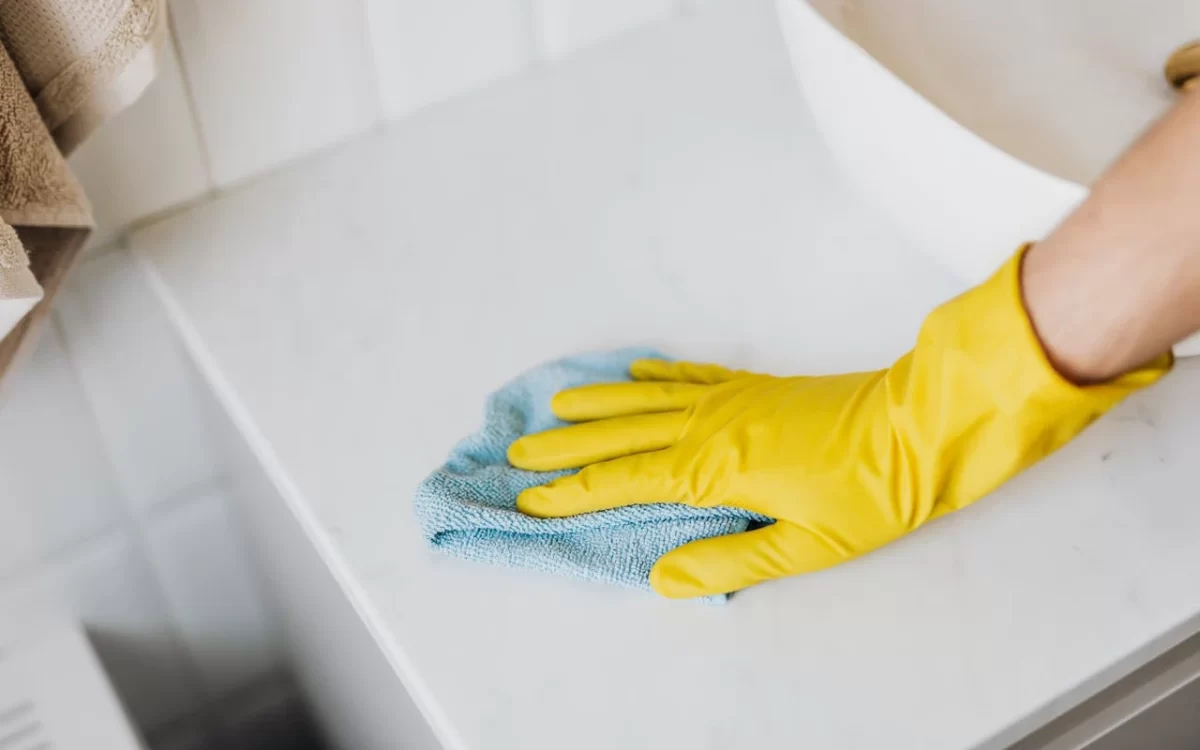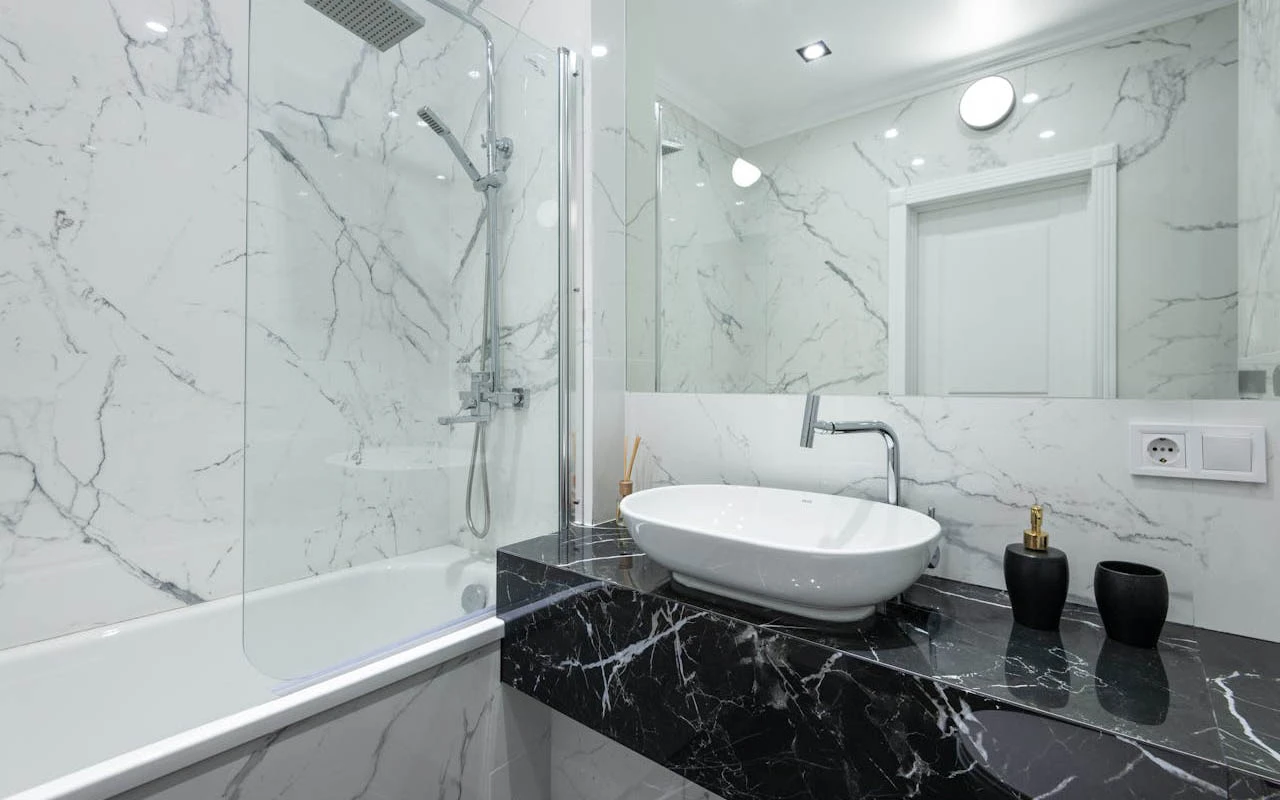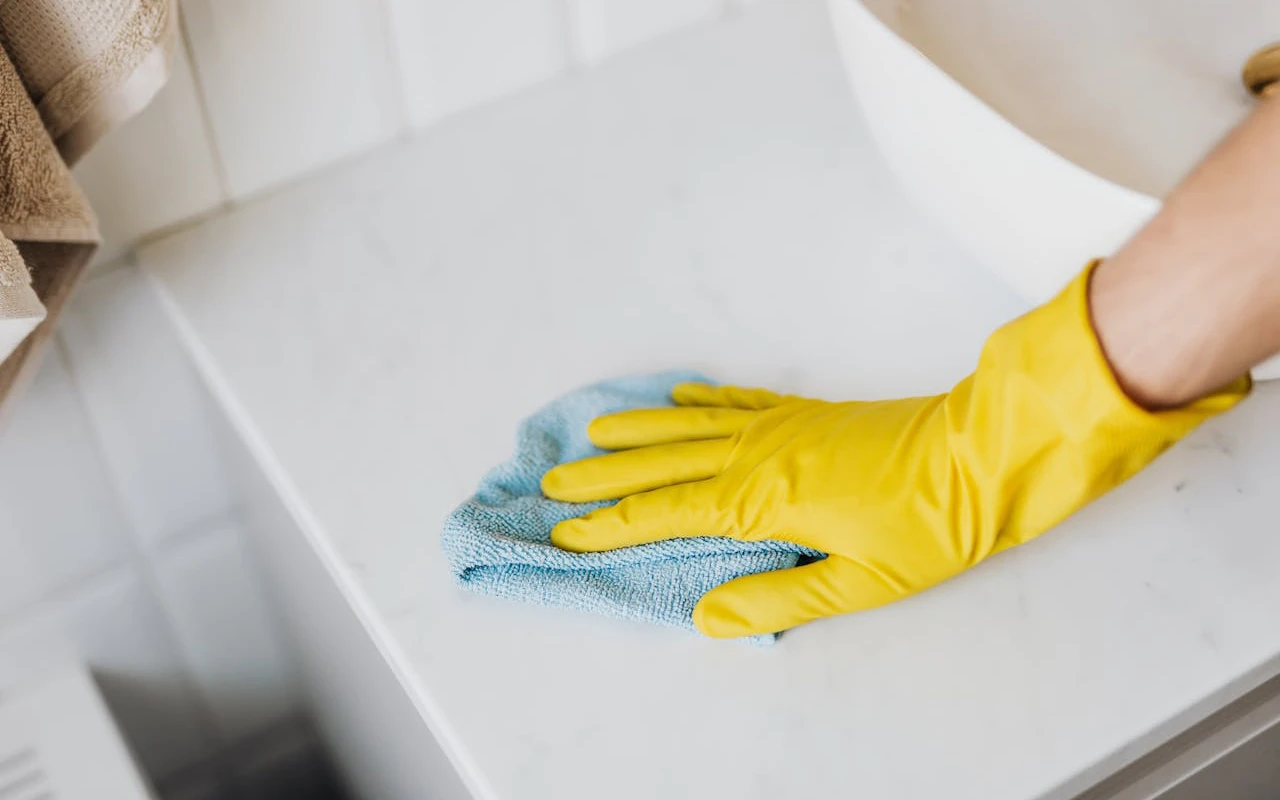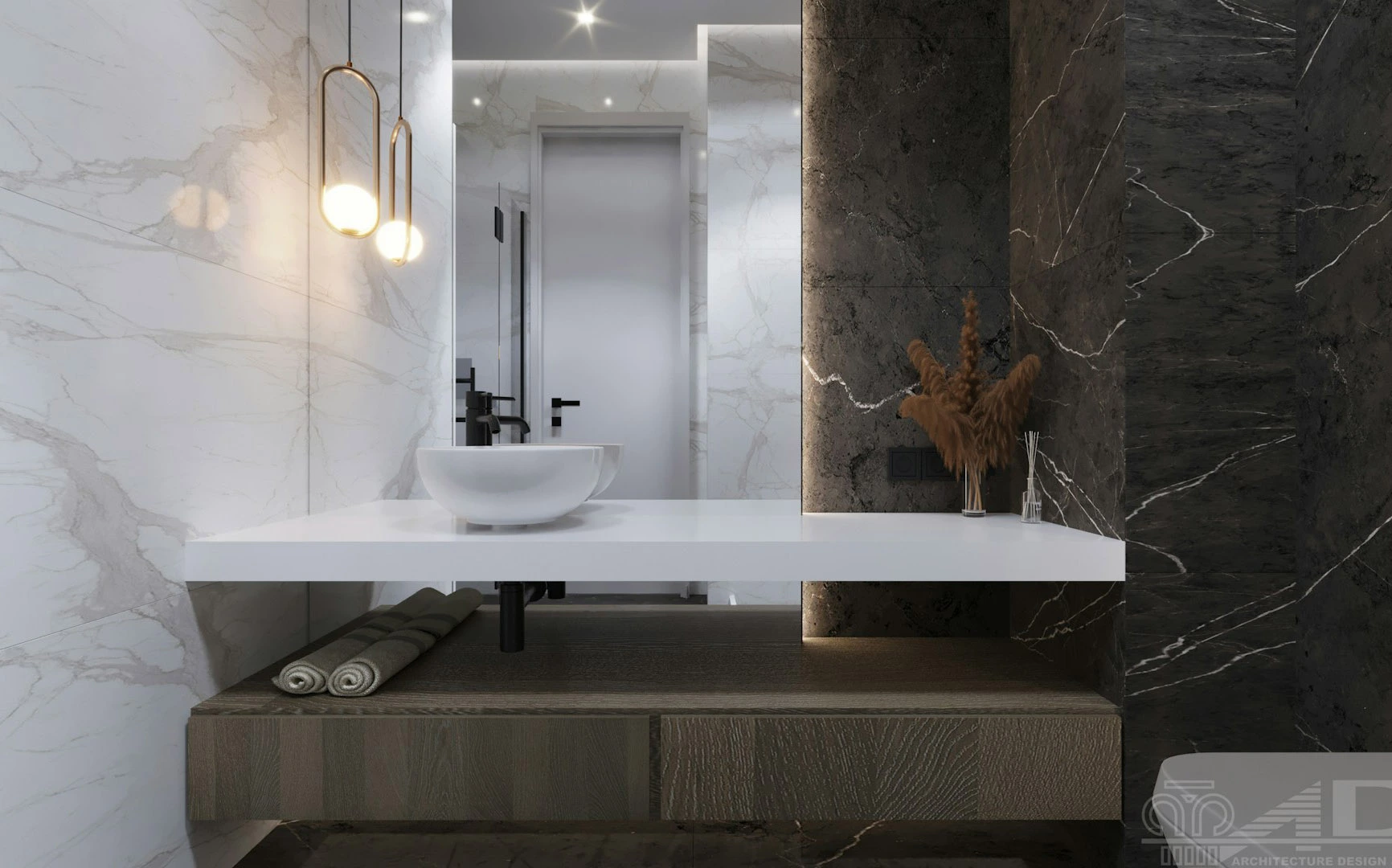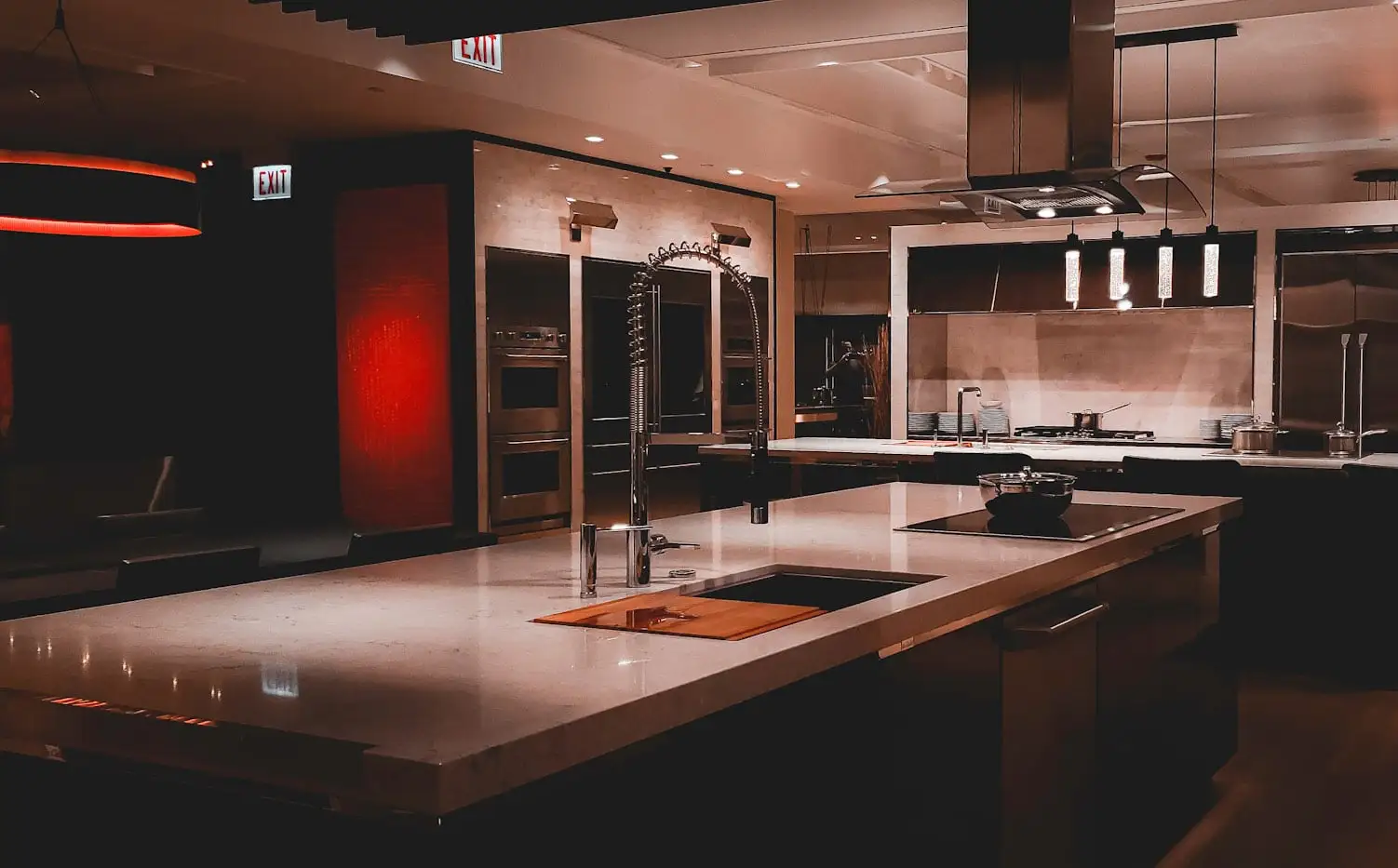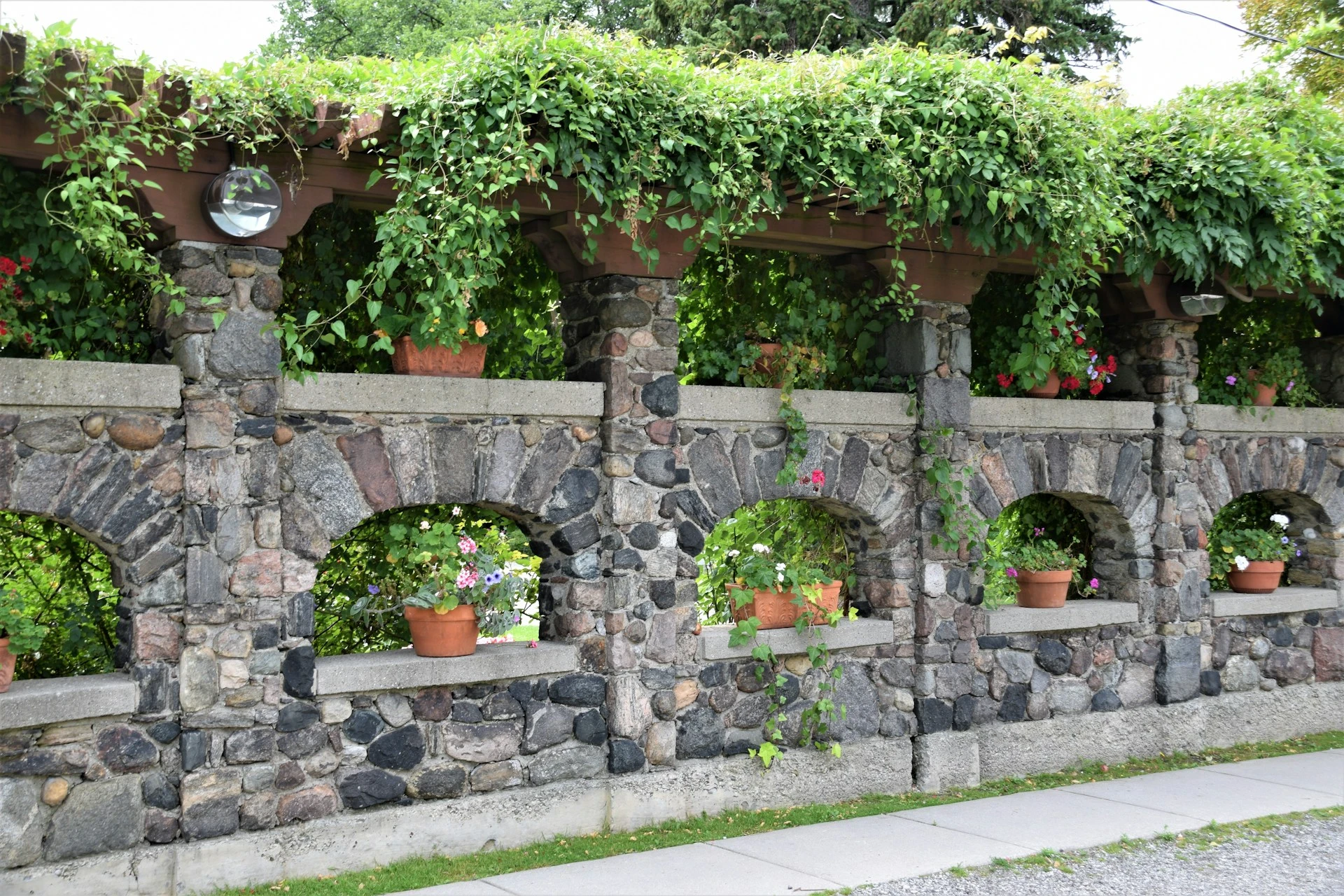Marble is elegant, timeless, and surprisingly fragile. One of the most common causes of marble damage isn’t weather or wear—it’s the cleaning products you use.
If you’re using acidic cleaners like vinegar, lemon juice, bleach, or harsh detergents, you could be permanently damaging your marble surfaces.
This article explains why acidic cleaners are harmful to marble, how to spot damage, and what you should be using instead.
⚠️ What Happens When Acid Touches Marble?
Marble is primarily composed of calcium carbonate, which reacts negatively with acids. When acidic substances come into contact with marble, they cause a chemical reaction called etching.
👎 Effects of Etching:
Dull spots or white marks
Surface pitting or softening
Loss of shine and smoothness
Irreversible surface damage if untreated
Unlike a stain (which adds color), etching removes surface material—leaving a visible dull spot that feels rough or uneven.

🧪 Common Acidic Cleaners to Avoid
Here’s a list of products you should never use on marble:
🚫 Vinegar
🚫 Lemon juice
🚫 Ammonia
🚫 Bleach or chlorine sprays
🚫 Toilet or bathroom tile cleaners
🚫 Generic glass or all-purpose cleaners
🚫 Scouring powders or creams
Even natural DIY mixes found online can be dangerously acidic!
🧴 What to Use Instead: Marble-Safe Cleaners
Always choose pH-neutral, non-abrasive cleaners specifically formulated for natural stone.
✅ Safe Alternatives:
Marble-specific cleaners (available from brands like Lithofin, StoneTech, Miracle Sealants)
Mild dish soap + warm water (occasional light use)
Neutral-pH stone wipes for daily maintenance
Microfiber cloths for dusting and drying
Always read the label: If it says “safe for natural stone,” you’re in good hands.
🧼 How to Clean Marble the Right Way
Daily Cleaning Routine:
Wipe surfaces with a damp microfiber cloth.
Use a marble-safe cleaner diluted as directed.
Dry immediately with a soft cloth to prevent water spots.
Weekly Deep Clean:
Use a pH-neutral cleaner with a soft mop or sponge
Buff dry with a clean towel
Avoid excess water near joints or seams
🛡️ How to Protect Marble from Future Damage
✅ Seal your marble every 6–12 months
✅ Use coasters and placemats under food or drinks
✅ Clean spills immediately—especially wine, juice, or coffee
✅ Avoid using acidic kitchen items directly on the surface (like tomatoes or vinegar)
✅ Educate your cleaning staff or home helpers about proper marble care
🧠 What If Your Marble Is Already Etched?
If you already see dull spots or rings, you may need:
Polishing powder for light etching
Marble polishing pads with hand-buffing
Professional restoration for deeper damage
Never try to sand or grind marble yourself—call a marble care expert for best results.
🏁 Final Word: Marble Deserves Gentle Care
Marble is like fine leather or silk—it needs specialized care to stay beautiful. One wrong cleaner can undo years of shine and elegance.
By avoiding acidic products and sticking to safe alternatives, you can preserve your marble for decades without dullness, stains, or costly repairs.
Related Reads on Stoneman Magazine:
- Granite vs Marble: Which is Better for Kitchen Countertops?
- Beyond Marble: Stunning Alternatives for a Luxurious Look

